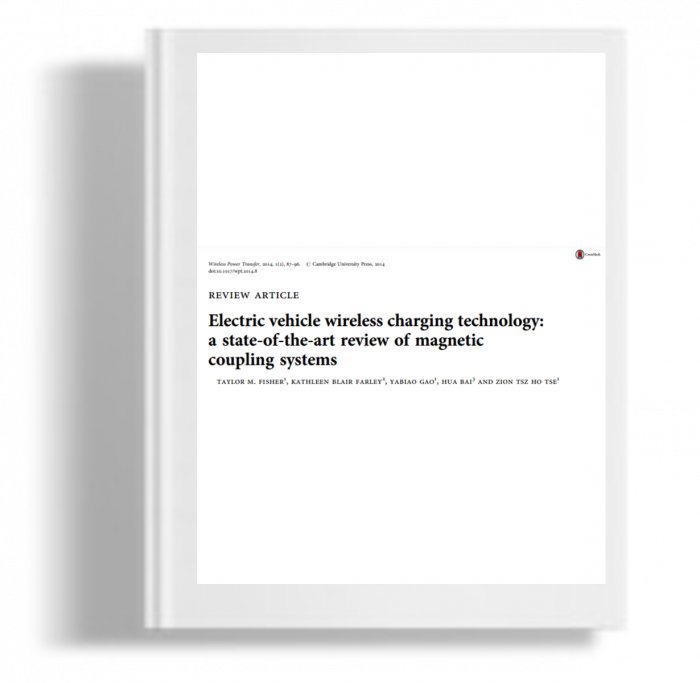Kami menggunakan cookies untuk membuat pengalaman Anda lebih baik. Untuk mematuhi petunjuk e-Pribadi yang baru, kami perlu meminta persetujuan Anda untuk menyetel cookies. Pelajari lebih lanjut .
Electric vehicle wireless charging technology : a state-of-the-art review of magnetic coupling systems
Electric vehicles (EVs) are becoming more popular due to concerns about the environment and rising gasoline prices. However, the charging infrastructure is lacking, and most people can only charge their EVs at home if they remember to plug in their cars. Using the principles of magnetic inductance and magnetic resonance, wireless charging (WC) could help significantly with these infrastructure problems by making charging secure and convenient. WC systems also have the potential to provide dynamic charging, making long road trips with EVs feasible and eliminating range anxiety. In this paper, we review the companies available in the literature that have developed electric vehicle wireless charging systems, automobile manufacturers interested in such technology, and research from universities and laboratories on the topic. While the field is still very young, there are many promising technologies available today. Some systems have already been in use for years, recharging public transit buses at bus stops. Safety and regulations are also discussed.
Electric vehicles (EVs) are becoming more popular due to concerns about the environment and rising gasoline prices. However, the charging infrastructure is lacking, and most people can only charge their EVs at home if they remember to plug in their cars. Using the principles of magnetic inductance and magnetic resonance, wireless charging (WC) could help significantly with these infrastructure problems by making charging secure and convenient. WC systems also have the potential to provide dynamic charging, making long road trips with EVs feasible and eliminating range anxiety. In this paper, we review the companies available in the literature that have developed electric vehicle wireless charging systems, automobile manufacturers interested in such technology, and research from universities and laboratories on the topic. While the field is still very young, there are many promising technologies available today. Some systems have already been in use for years, recharging public transit buses at bus stops. Safety and regulations are also discussed.

